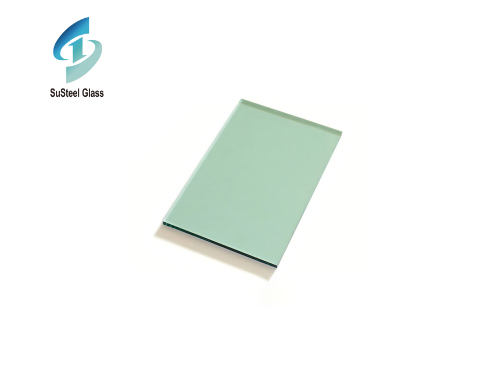
Ultra-thin glass thicknesses ranging from micrometers to just a few millimeters, it possesses properties that set it apart from traditional glass. Firstly, its transparency allows for high light transmission, making it ideal for displays, touchscreens, and wearable devices. Secondly, its exceptional flexibility enables it to bend and conform to various shapes without sacrificing its structural integrity. This flexibility unlocks a world of possibilities in terms of product design and integration. Lastly, ultra-thin glass exhibits remarkable strength and durability, surpassing other flexible materials like plastic or polymer films.
The electronics industry is one of the primary beneficiaries of ultra-thin glass. As smartphones, tablets, and wearables continue to evolve, manufacturers are seeking thinner and more robust materials for displays and touchscreens. Ultra-thin glass meets these requirements, offering improved touch sensitivity, enhanced optical clarity, and increased scratch resistance. Moreover, its flexibility enables curved or wraparound displays, allowing for innovative designs and improved user experiences.
Ultra-thin glass is also making waves in the solar energy sector. It is being used to manufacture highly efficient and lightweight solar panels. The transparency and flexibility of this material enable the creation of solar cells that can be integrated into various surfaces, such as windows, facades, and even clothing. This breakthrough paves the way for new applications in portable and wearable solar devices, furthering the development of clean and sustainable energy solutions.
The healthcare industry stands to benefit immensely from the application of ultra-thin glass. Its exceptional transparency makes it an ideal material for medical imaging devices like X-ray and CT scanners, providing clearer and more accurate diagnostics. Additionally, ultra-thin glass is being explored for applications in implantable devices, such as bioresorbable sensors or drug delivery systems. Its biocompatibility and flexibility make it a promising candidate for next-generation healthcare technologies.
Ultra-thin glass is revolutionizing various industries by providing a unique combination of transparency, flexibility, and strength. From electronics to solar energy and healthcare, this material offers unparalleled opportunities for innovation and advancement. As research and development in this field continue to progress, we can expect to witness even more groundbreaking applications that harness the full potential of ultra-thin glass. With its ability to transform product design, enhance functionality, and drive technological progress, this remarkable material is poised to shape the future of numerous industries.
 Exploring the World of Green Tinted Glass Products: Versatility and Sustainability
Exploring the World of Green Tinted Glass Products: Versatility and Sustainability
 Exploring the Versatility and Elegance of Custom Thick Glass
Exploring the Versatility and Elegance of Custom Thick Glass



